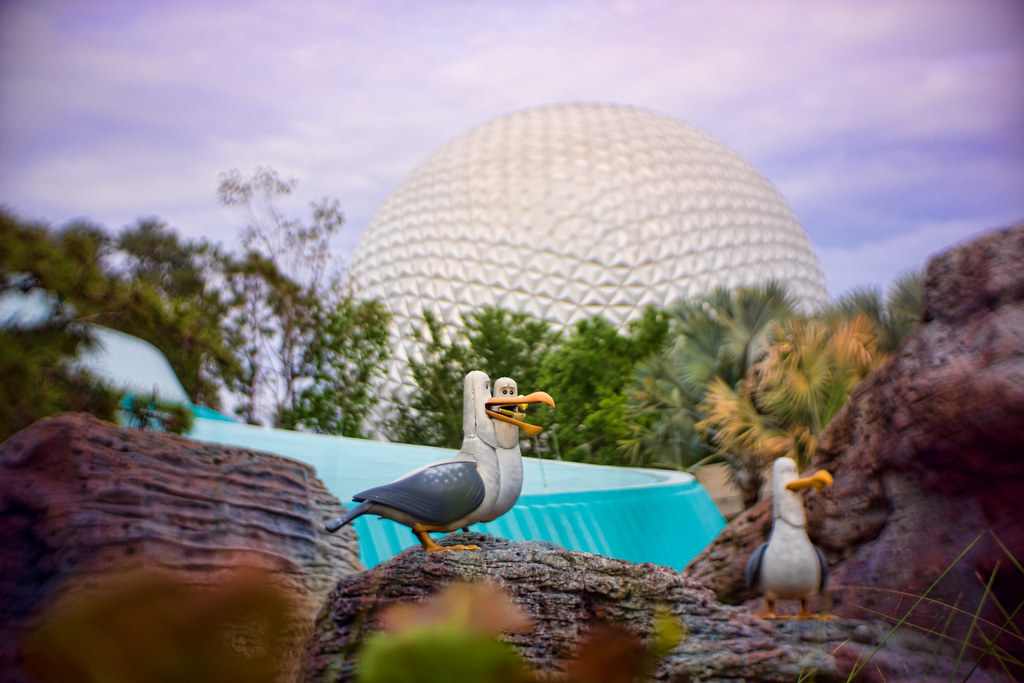You might try the 18-200s and the 55-210s out in the real world, and make sure you've got the right focus modes chosen for the job you are doing - honestly, other than very low light, or being in multipoint mode when you should have been in flex spot, or vice versa, I'd be surprised if there was a subject you'd have much trouble getting with the focus speed on these lenses. I know I routinely test my 55-210mm against flying birds - and not the kind that just took off so I know where they are - I'm talking about walking along, and suddenly you see an object in the corner of your eye approaching, so you whip the camera around, acquire focus, and fire at a freely moving subject passing through the sky. I am able to get focus nailed on this type of subject even with the teleconverter onboard.
Last week I got these two pretty quickly, with no notice or prep...used multipoint focus mode, AF-S, as it was against a clear sky:
These also were spontaneous shots - from pulling the camera up to my eye to firing the shot was about 1.5 seconds, including time to acquire focus:


While admittedly the NEX or any CDAF system won't focus as fast as a phase-detect AF system, it's pretty darn close in good light for single focus acquisition, and if you are using it right, in the right modes, etc I can't think of much I couldn't shoot with the NEX that I can with the DSLR. Where the DSLR comes into its own is when you need to fire multiple burst shots of a moving target, especially one closing on you - that's where phase-detect will stomp on CDAF, in tracking motion while firing...not to mention the much more generous buffer size. For me, the DSLR still reigns #1 for overall build, robustness, battery life, focus tracking, buffer, etc. But I don't consider the NEX a camera that can only do certain things or of limited use - I'm fairly confident I could shoot the same subject as I can with the DSLR, just maybe not with the frequency of burst or tracking it through a continuous motion.















